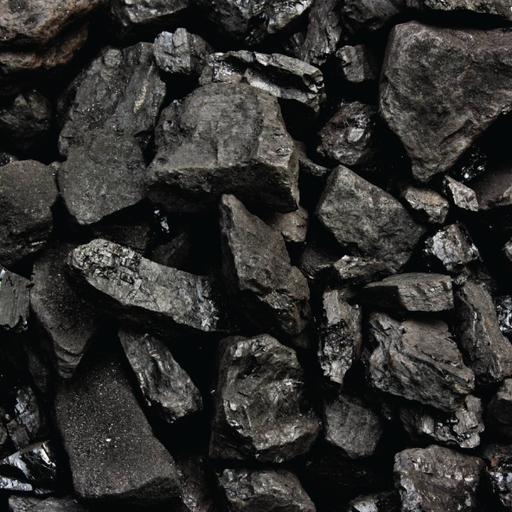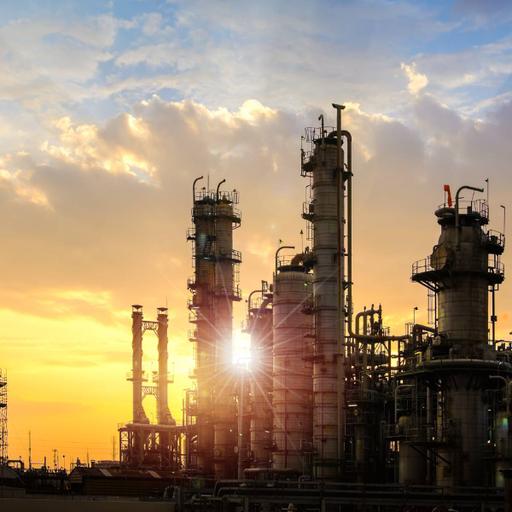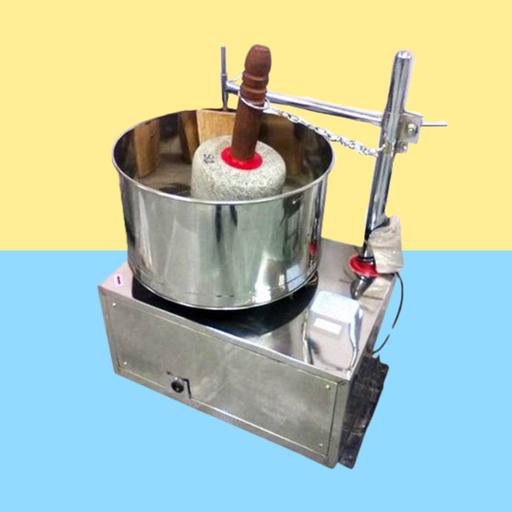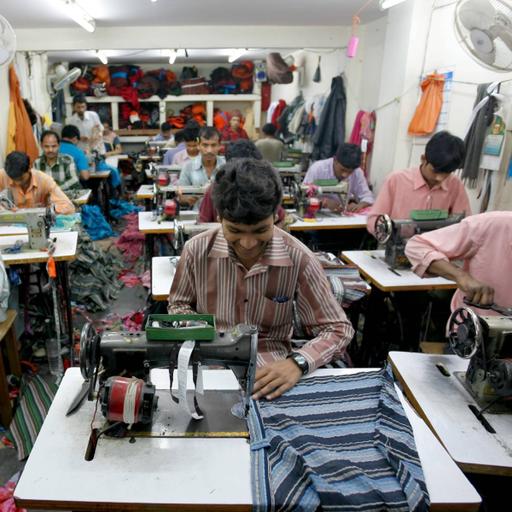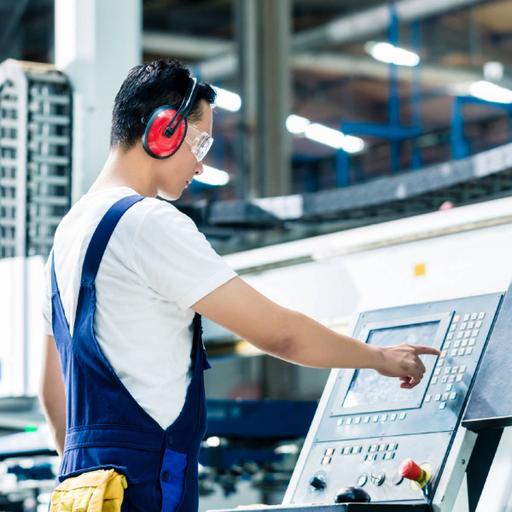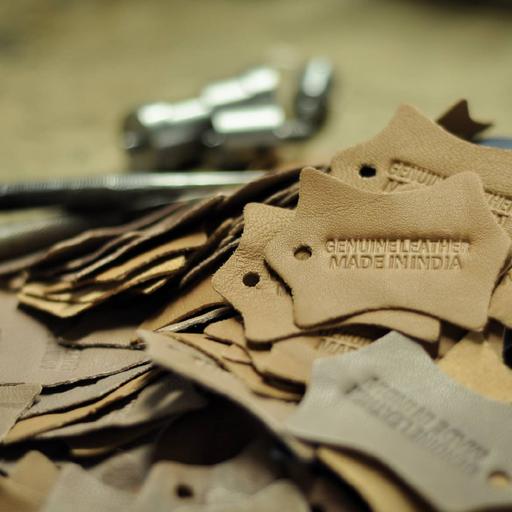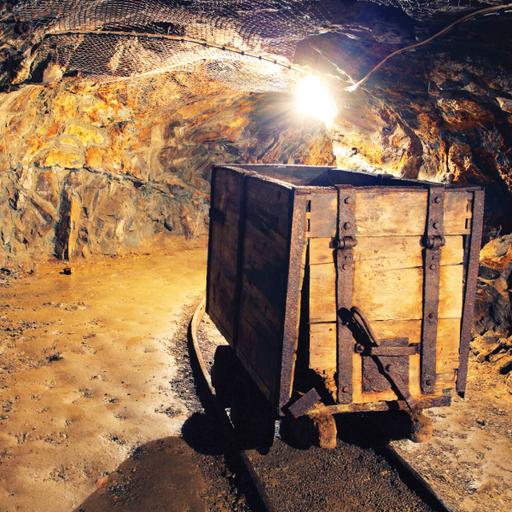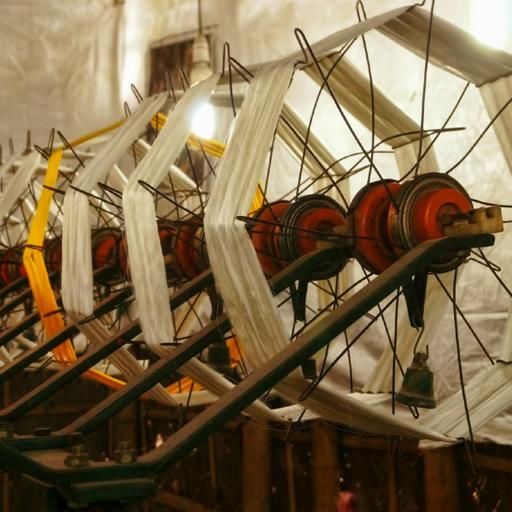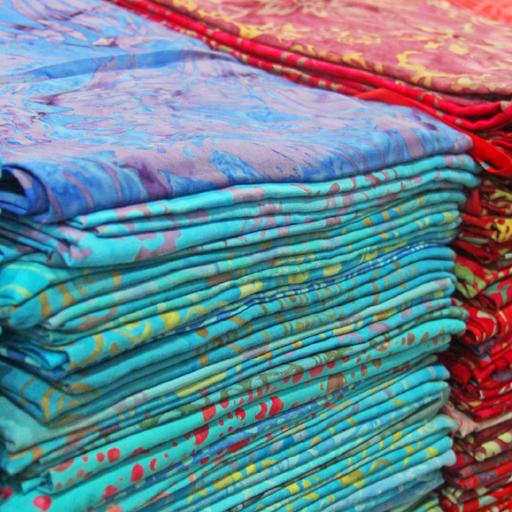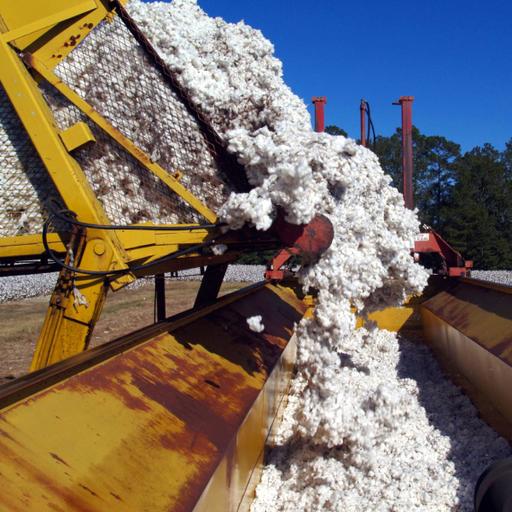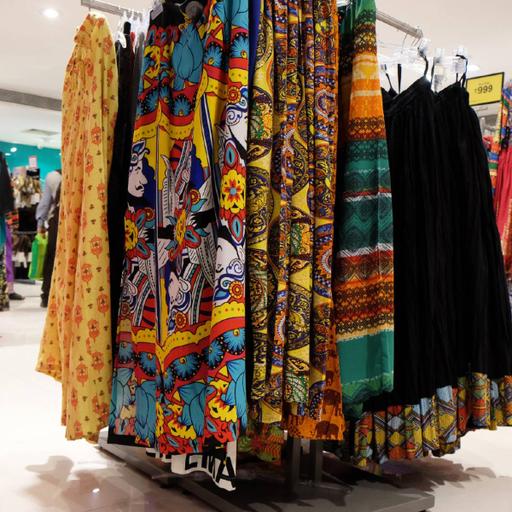Manufacturing Sector
Manufacturing is the process of converting raw resources into final goods. The manufacturing sector is concerned with the use of primary sector raw materials such as iron and coke, as well as the creation of completed items such as automobiles. The tertiary sector can then sell these manufactured commodities. The manufacturing sector is responsible for turning these two basic resources into steel, which is subsequently utilised to make various products such as automobiles and bicycles. Manufacturing industry examples: • Pots are made in small workshops, and the work is done by hand. • Mills that make textiles, factories that make steel, chemicals, plastic, and automobiles • Food processing and brewing operations are examples of food production. • A refinery for oil. Benefits of Growing the Manufacturing/Industrial Sector • Allows for better earnings. Demand for manufacturing is more elastic as income rises. • Diversifies the economy's reliance on primary products. • Manufacturing allows for higher real salaries than agriculture because of the higher value added. • Allows countries to specialise and reap the benefits of scale economies. Costs associated with developing the industrial sector: • Pollution caused by the manufacturing process • Factory work is monotonous and repetitive, and workers might become disgruntled. • Developing economies may be short on human capital and may be forced to import personnel and machines, which could be prohibitively expensive. • Exporting goods will be more difficult for landlocked countries.
